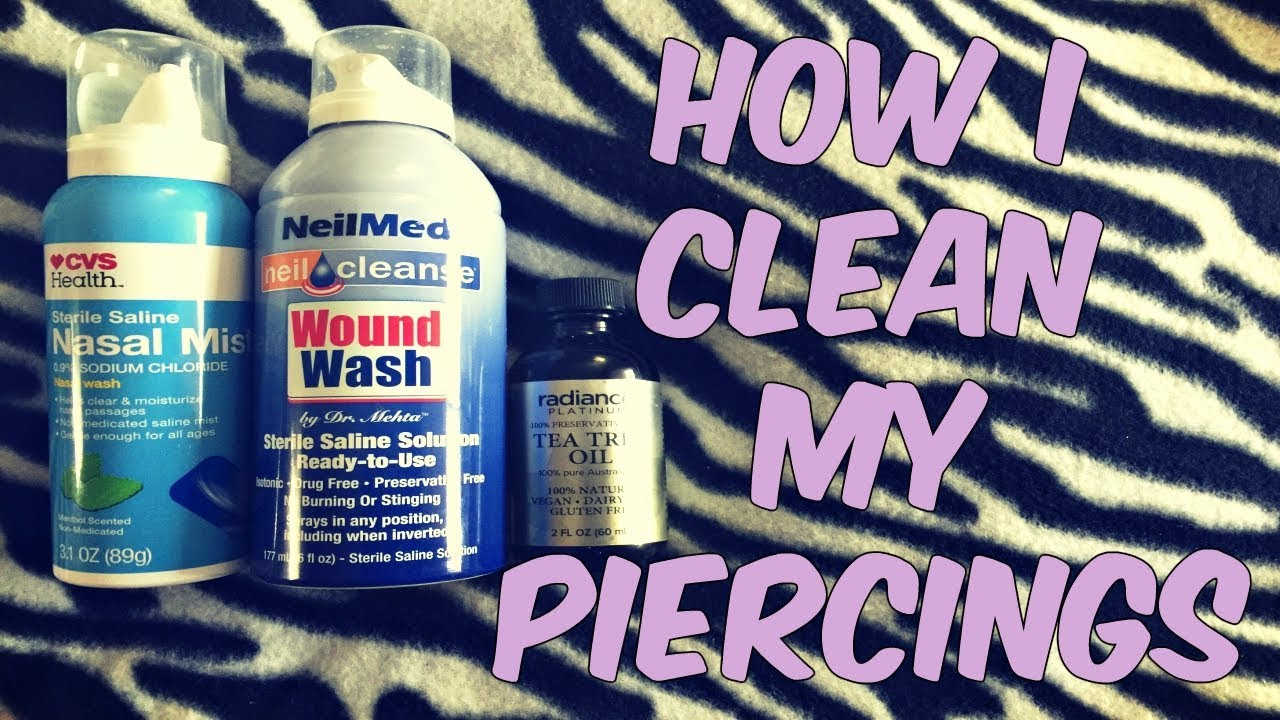CHAPTER 1: WHAT IS STERLING SILVER ?
Sterling silver is an alloy created when copper is added to pure silver in order to make the resulting compound more durable and less soft. Usually, sterling silver has a purity of 92.5%, meaning that 7.5% of the alloy is made of copper or another metal ( usually nickel or zinc ).
While Europe, the USA, and several other countries in the world enforce a strict sterling silver standard at 92.5 silver to 7.5 other alloys, the standards of other countries such as France is at 95 silver to 5 other alloys. Nonetheless, the most common global standard is 92.5.
The truth is, most silver jewelry that you purchase and put on, is sterling silver.
About Sterling Silver and Plating In Jewelry
Often, sterling silver items are plated with a thin layer of pure silver to improve the shine of the piece.
Sometimes, however, you may see an item marketed as “sterling silver plated.” This often means that the piece is actually made of nickel, copper, or another metal, not silver, and is simply plated with a layer of sterling silver, which will wear off after some time.
CHAPTER 2: WHAT IS PURE SILVER ?
Pure silver, also referred to as fine silver. It features an actual 99.9% silver content and 1% trace elements. In this form, the white metal is beautiful. It suffers from minimal tarnish. However, generally, it is too malleable and soft.
To make it stronger and viable for many uses, professionals alloy with copper or with a host of other metals. Copper or other metals not only make silver durable and harder but also easier to work with without compromising its color.
CHAPTER 3: WHAT IS 925 SILVER ?
925 silver vs sterling silver
925 silver is just sterling silver. Both are made from a similar alloy blend. The only difference is their names.
CHAPTER 4: STERLING SILVER (925 SILVER) VS PURE SILVER
Jewelry made of silver carries certain stamps. They are known as hallmarks. Hallmarks help to identify the silver. 999 is the mark for fine silver. While you can identify sterling silver by other marks such as TSG, STERLING, STER, or Sterling Silver, the most common is 925.
SILVER, STERLING SILVER, AND TARNISHING
Although sterling silver is more durable than pure silver, the additional metals in the alloy make sterling silver more prone to tarnishing.
This happens because the copper, nickel, zinc or other mixtures in sterling silver may react with oxygen and other elements in the air.
1.Durability
Durability is one of the major distinguishing factors between these two forms of silver.
Sterling silver can last a lifetime. You can easily polish it to smooth away scratches and scuffs thus restoring it to its original luster. Resizing and/or repairing sterling silver is relatively easy and cost-effective.
A drawback of sterling silver is that it tarnishes when you expose it to air and moisture hence requiring frequent polishing. The copper content in the alloy, which oxidizes and reacts with elements, informs this.
Pure silver, on the other hand, is not as durable as sterling silver. However, jewelers use it in jewelry such as pendants and earrings without issue.
A major advantage of pure silver is the fact that it does not tarnish even when in contact with air and moisture.
2.Purity
When it comes to purity, silver lands on a rating system or numerical scale based on 1000. Pure silver enjoys a 999 rating. For silver to be considered as sterling silver, it needs to meet not less than 92.5 purity, also known as 925.
From this rating, it is clear that 925 silver and sterling silver are the same.
3.Value
Pure silver is somewhat costlier as it consists of higher silver content.
Sterling silver is less costly because some of the alloys are not valuable. They do not add any worthiness to silver.
Ten articles before and after
RHODIUM AND BLACK RHODIUM, SOMETHING NEEDS TO EXPLAIN
REGIONAL CULTURAL CHARACTERISTICS OF CHRISTMAS
REASONS JEWELRY MAKES US BETTER HUMANS
PROS AND CONS OF STAINLESS STEEL JEWELRY
HOW TO CARE FOR STAINLESS STEEL JEWELRY?
THE DIFFERENCE BETWEEN 925 SILVER AND TITANIUM STEEL

